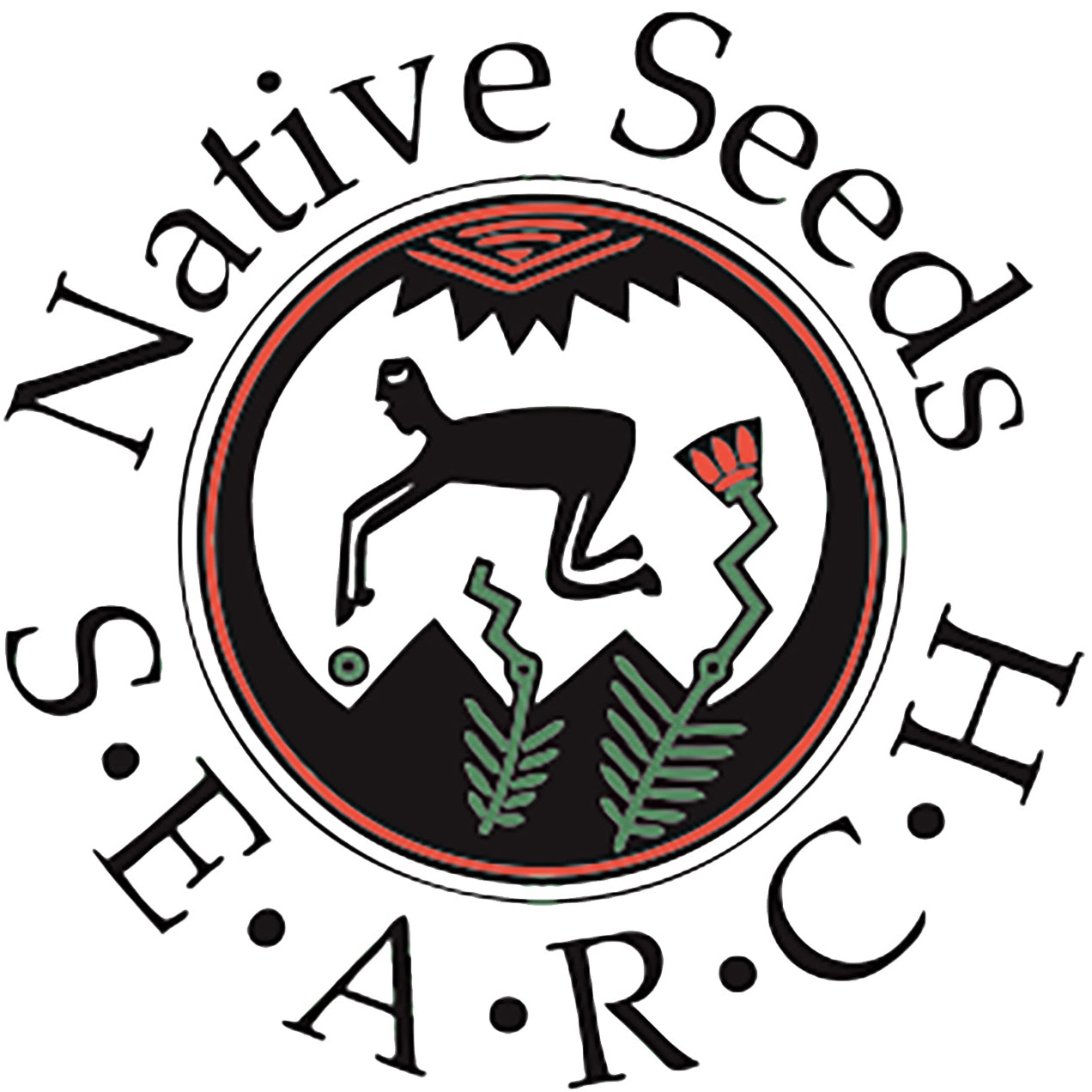
By Sheryl Joy, Collections Manager.
We had a terrific growout of squash at the Conservation Farm last summer. Six different squash varieties were grown and had good harvests, but we wound up with a stunner of a harvest on one in particular!
To some extent, the larger harvest was a matter of luck. This particular squash variety happened to be planted in the field furthest away from the little hole in our fenceline where a hungry group of javelina pushed through. They harvested most all the early fruit off several squash fields and left with very full tummies. Happily, quick fence repair by our farm crew enabled the trampled plants to recover and produce a late harvest.
But the squash the javelina didn’t find gave us a tremendous harvest of around 300 fruits … and what fruits they were! A huge variety of different shapes and sizes: pumpkin shaped, big-cheese shaped, pear-, strawberry- and papaya-shaped … there was even one 20 inches long with a narrow, curved neck. Colors ranged from deep green through orange and buff, with most fruits showing a lovely dappled pattern of green and buff. This tremendous amount of diversity is common in many landrace varieties allowing for amazing resilience and adaptability. We are calling this beauty of a squash Rancho Marques, for the place east of Guaymas in Sonora where it was collected for NS/S in 1984. It has not been available to the public since the 1980’s.

MANY volunteer and staff hands assisted with cleaning the seeds from these 300 squashes, and often raised the question … is this all the same kind of squash?? Which was a perfect opening to talk about landraces. Most of the accessions in the NS/S seedbank are landraces: collections of seeds that were grown and saved over time in the same location, typically by small scale farmers. Therefore, landrace varieties are very locally adapted to the environment and cultural growing context from which they come. The farmers who grew these seeds stewarded these varieties and made selections for the plants and the seeds they wanted to save. For many of them, though, selecting for uniformity of shape and color was not their goal. For these seed savers, many of whom were subsistence farmers, it was more important to preserve the diversity of the crop … to ensure that there would always be some seeds that survived and thrived whether the year be dry or wet, cooler or hotter, whether this pest would come around or that one. Diversity, rather than uniformity, was the sign of a healthy collection of seeds, in this way of thinking.
The diversity that has come to us via the hands of these farmers is the treasure that NS/S seeks to conserve. If you plant Rancho Marques squash at your farm or garden, make room for as many plants as you can to experience the amazing diversity of this accession. And before you eat your harvest, save seeds from those that adapt best to your location and to your needs and tastes as growers have done for millennia, keeping alive the landrace tradition.
